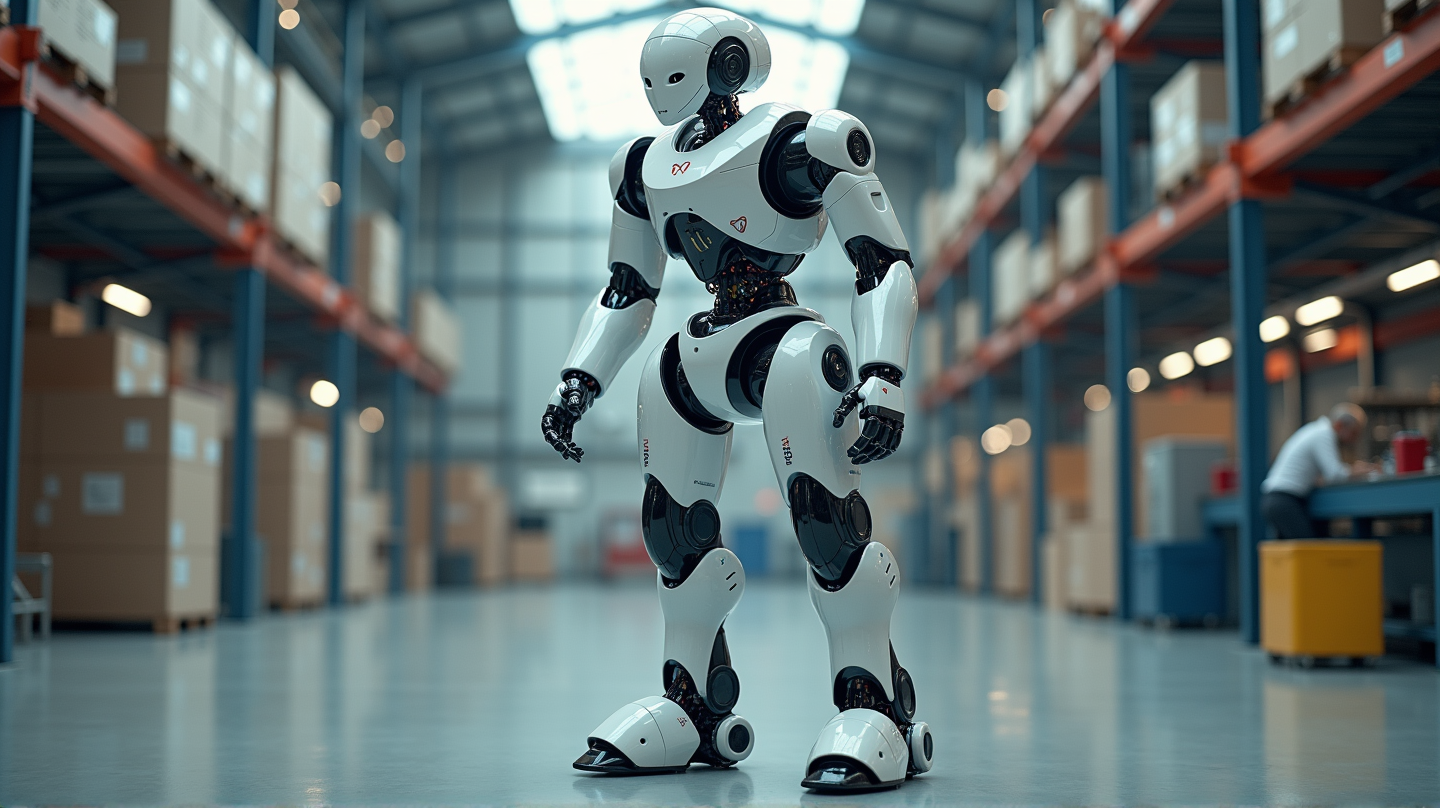A Decisive Departure
In a surprising turn of events, Tesla’s vice president of Optimus robotics, Milan Kovac, has announced his decision to leave the company. The announcement came in a heartfelt message on X, where Kovac expressed gratitude towards Tesla CEO Elon Musk. Kovac joined the automotive giant in 2016 and made significant strides, especially in advancing Tesla’s ambitious humanoid robotics program. His exit raises questions about the future trajectory of Tesla’s robotics ventures.
A Vision from the Start
Since he joined Tesla, Kovac has been pivotal in shaping Tesla’s robotics strategy. He led the development of Optimus, a bipedal humanoid robot envisioned to transform societal roles by performing tasks ranging from factory operations to home caretaking. Under his guidance, Tesla shared its bold plans, targeting the pilot production of Optimus in Fremont in 2025. The company’s vision extends towards integrating these robots into various factory settings, thereby revolutionizing labor dynamics.
Optimism and Forward-Thinking
Known for his innovative mindset, Elon Musk remains optimistic about Tesla’s future in robotics. During the 2024 shareholder meeting, he projected that humanoid robots could significantly boost Tesla’s market cap in the coming years. Despite Milan’s departure, Musk’s vision of robots performing “primitive tasks,” as mentioned in CNBC interviews, persists as a central goal. This optimism is integral to maintaining Tesla’s leading position in the competitive robotics field.
An Industry on the Move
Tesla’s ambitious robotics plans don’t occur in isolation. Industry competitors, including Boston Dynamics and Agility Robotics, continually push the boundaries of what intelligent robots can achieve. As Tesla advances its robotics journey, it remains crucial to consider these competitive dynamics that Milan Kovac navigated with strategic foresight during his tenure.
Reflecting on Contributions
Milan Kovac’s journey at Tesla traversed multiple phases, from directing Autopilot software engineering to being the face of Tesla’s Optimus initiative. Throughout his career, Kovac displayed resilience and an unwavering commitment to engineering excellence. Elon Musk acknowledged these contributions, emphasizing Milan’s role in advancing technological innovation. As Tesla looks to the future, Kovac’s influence remains a key chapter in its evolving narrative.
What’s Next for Tesla’s Robotics?
While Tesla did not comment on Kovac’s departure, the focus now shifts towards maintaining momentum in its robotics division. The company is poised to leverage its existing framework, harnessing the insights and expertise nurtured under Kovac’s leadership. As Musk has often stated, pathologic optimism will continue to drive Tesla’s pursuit of next-generation robotics, ensuring that the dream of a fully-operational humanoid robot turns into reality.
According to CNBC, Tesla’s robotics journey holds the potential to redefine technology landscapes in exciting ways yet to unfold.
